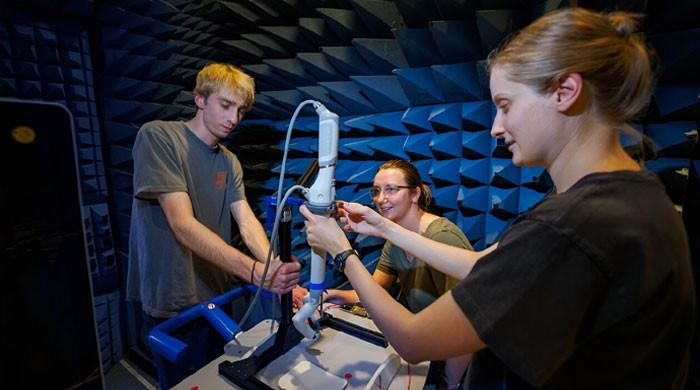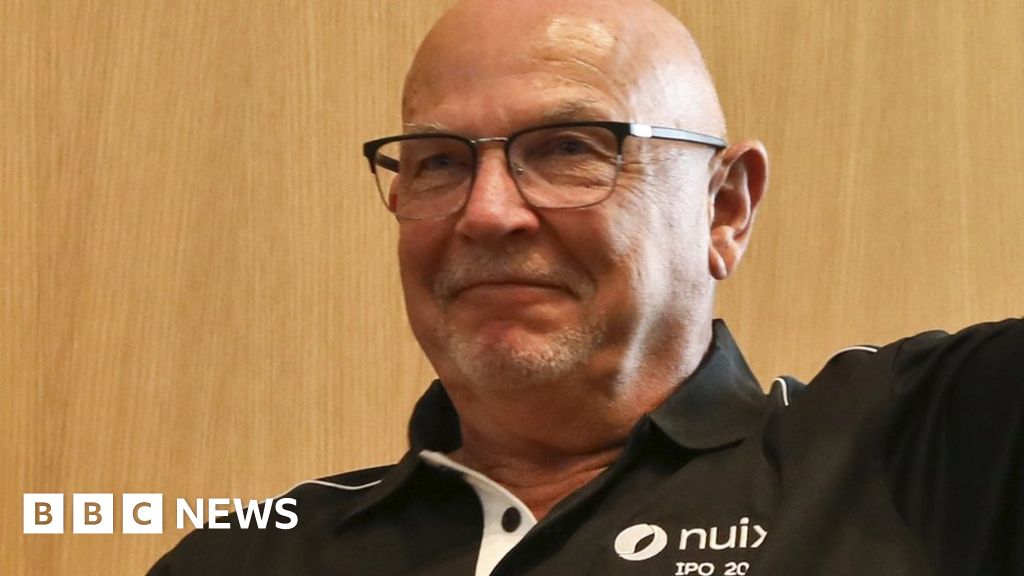Experiment conducted from Virtual Incision’s headquarters and lasted around two hours
Earth-bound doctors have achieved a groundbreaking feat by remotely controlling a small robot aboard the International Space Station (ISS) to conduct a surgical procedure, marking the first-ever remote surgery in orbit.
Although the experiment was conducted on rubber bands, it was deemed a “huge success” by the participants.
“The experiment was deemed a huge success by all surgeons and researchers, and there were little to no hiccups,” Virtual Incision said in a statement, claiming it will “change the future of surgery.”
Moreover, the technology could be utilised to develop remote-control surgery techniques on Earth, catering to isolated areas.
The robot responsible for this groundbreaking achievement is called spaceMIRA, developed by Virtual Incision (VIC) and the University of Nebraska.
Earlier this month, National Aeronautics and Space Administration (Nasa) astronaut Loral O’Hara installed the microwave-sized robot on the ISS, after it took off at the end of January on a payload from a SpaceX rocket.
The experiment was conducted from Virtual Incision’s headquarters in Lincoln, Nebraska and lasted around two hours, with six surgeons taking a go at operating the robot equipped with a camera and two arms.
“The experiment tested standard surgical techniques like grasping, manipulating and cutting tissue. The simulated tissue is made up of rubber bands,” Virtual Incision said in a statement.
In a video shared by the company, one arm equipped with pincers can be seen gripping the band and stretching it, while the other arm equipped with scissors cuts — mimicking a dissection.
A key difficulty is the time lag — about 0.85 seconds — between the operation centre on Earth and the ISS.
For a control experiment, the same process will take place with the same equipment, but on Earth.
Nasa, which provided some financial support for the project, said that with longer space missions, “the potential need for emergency care increases, including surgical procedures from simple stitching of lacerations to more complex activities.”

Dr. Thomas Hughes is a UK-based scientist and science communicator who makes complex topics accessible to readers. His articles explore breakthroughs in various scientific disciplines, from space exploration to cutting-edge research.








